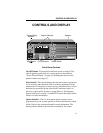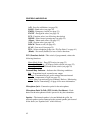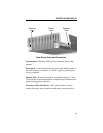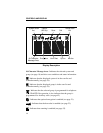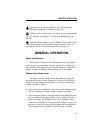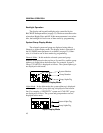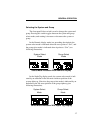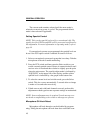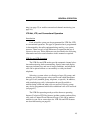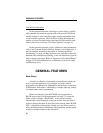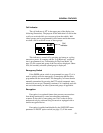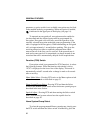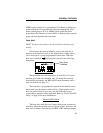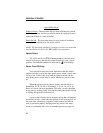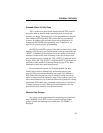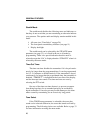
GENERAL OPERATION
19
ning (see page 35) or enable conventional channel monitoring (see
page 44).
LTR-Net, LTR, and Conventional Operation
Introduction
Each selectable system can be programmed for LTR-Net, LTR,
or conventional operation. The type of operation that is programmed
is determined by the radio equipment being used by your system
operator. There are only a few differences in operation that are of
concern to the user. These differences are described in the following
information and also noted elsewhere in this manual as required.
LTR-Net and LTR Operation
The LTR-Net and LTR modes provide automatic channel selec-
tion and monitoring before transmitting. Special tones and display
messages indicate busy and out-of-range conditions, and telephone
calls can be placed almost as conveniently as with your home
telephone.
Selecting a system selects a collection of up to 99 groups, and
selecting one of these groups selects an ID code which determines
the type of call (standard group, telephone, or special). In addition,
with standard group calls, it determines the specific mobile or
mobiles being called and what calls are received. Priority groups
may also be programmed which allow additional calls to be received
(see page 41).
The LTR-Net operating mode provides the most operating
features. Exclusive LTR-Net features include roaming and auxiliary
calls such as Unique ID and Directed Group. Calls can be made to
mobiles in your site or some other site. LTR-Net and LTR features
are described starting on page 40.



